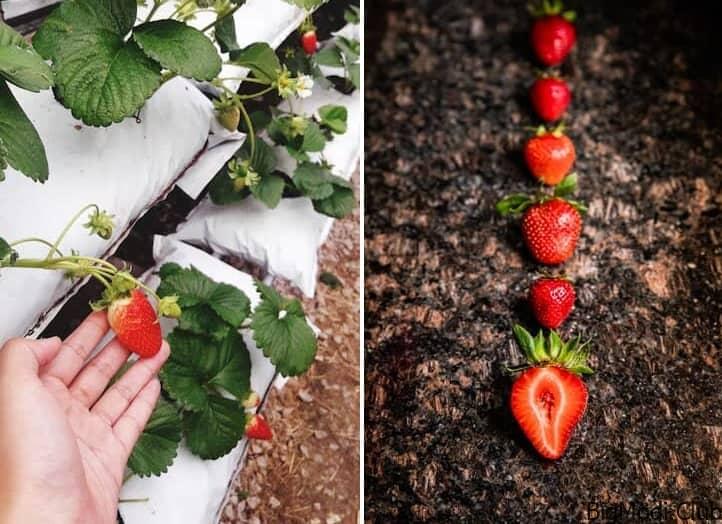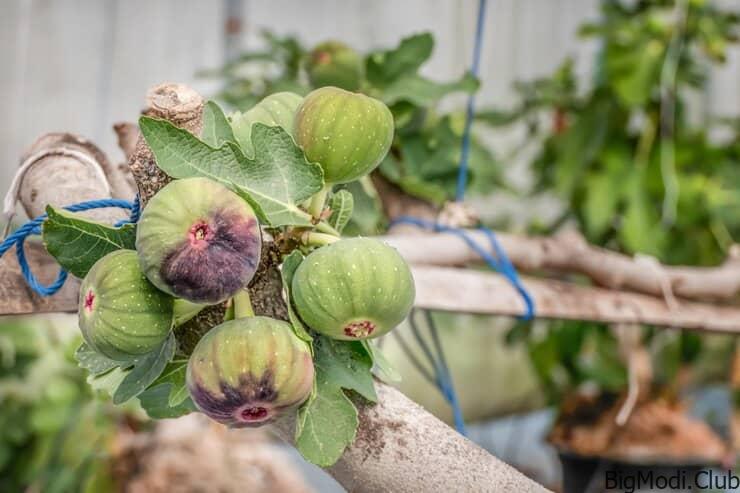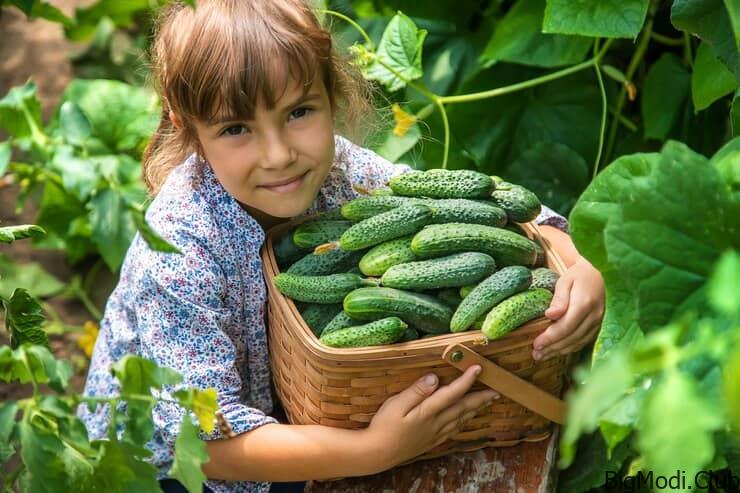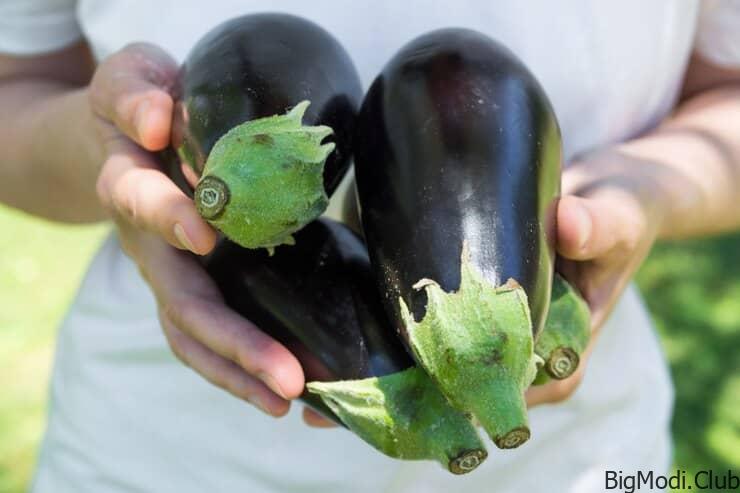Unveiling the Secrets of Plastic Bag Strawberry Cultivation
In the realm of gardening, strawberries hold a special place. Their vibrant hues, succulent taste, and versatility in culinary creations make them a highly sought-after fruit. However, traditional methods of strawberry cultivation often require ample space, sunlight, and soil preparation. What if we told you that you can enjoy a bountiful strawberry harvest without the need for a sprawling garden? Enter plastic bag strawberry cultivation – a revolutionary approach that defies convention and yields exceptional results.
The Plastic Bag Revolution: How It Works
Selecting the Right Materials
To embark on your plastic bag strawberry journey, you’ll need a few essential supplies:
- Plastic Bags: Opt for durable, UV-resistant plastic bags with drainage holes to prevent waterlogging.
- High-Quality Soil: Choose a nutrient-rich potting mix or create your own blend using compost, peat moss, and perlite.
- Strawberry Plants: Select healthy, disease-resistant strawberry plants from a reputable nursery or garden center.
Planting Process
- Preparation: Fill each plastic bag with the potting mix, leaving ample room for the strawberry plants.
- Planting: Gently nestle the strawberry plants into the soil, ensuring that the crown – where the roots meet the stems – is level with the soil surface.
- Watering: Thoroughly moisten the soil, ensuring that water drains freely from the bottom of the bags.
- Placement: Position the bags in a sunny location, such as a balcony, patio, or windowsill, where the plants can receive at least 6-8 hours of sunlight per day.
Maintenance and Care
- Watering: Monitor soil moisture regularly and water the plants whenever the top inch of soil feels dry.
- Fertilization: Apply a balanced, water-soluble fertilizer every 2-4 weeks to support healthy growth and fruit production.
- Pest and Disease Control: Keep an eye out for common strawberry pests, such as aphids and slugs, and promptly address any infestations using organic pest control methods.
- Pruning: Remove any yellowing or damaged leaves, as well as runners – long stems that extend from the main plant – to encourage fruit development.
The Results: A Bountiful Harvest Awaits
Abundant Yield
One of the most compelling aspects of plastic bag strawberry cultivation is its ability to maximize space and yield. By leveraging vertical growing techniques, you can cultivate a greater number of strawberry plants in a smaller footprint, resulting in a more abundant harvest.
Superior Flavor and Quality
Contrary to initial expectations, strawberries grown in plastic bags often exhibit superior flavor and quality compared to their traditional counterparts. The controlled environment provided by the bags allows for optimal soil moisture and nutrient uptake, resulting in plumper, juicier berries bursting with sweetness.
Convenience and Accessibility
Perhaps the most significant advantage of plastic bag strawberry cultivation is its accessibility to urban dwellers and individuals with limited gardening space. Whether you reside in a high-rise apartment or a suburban townhouse, you can easily transform any available outdoor or indoor space into a thriving strawberry garden with minimal effort.
In conclusion, plastic bag strawberry cultivation offers a groundbreaking solution for avid gardeners and fruit enthusiasts alike. By harnessing the power of innovative growing techniques and space-saving design, you can enjoy a bountiful harvest of luscious strawberries year-round. Say goodbye to the constraints of traditional gardening and embrace the limitless possibilities of plastic bag cultivation.



